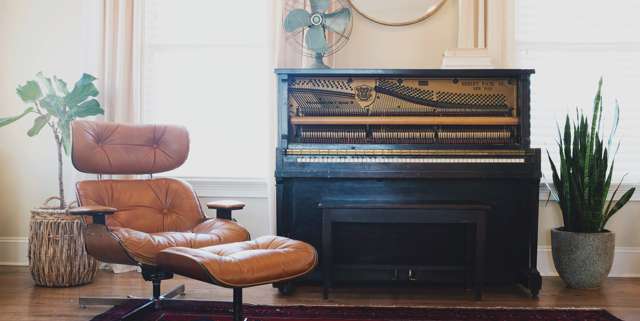
Manufacturers must produce large amounts of consistently colored leather for furniture covers. Image Credit: Unsplash user Lauren Mancke
Manufacturers of leather covers for residential and commercial furniture understand the importance of color consistency in their products. Their customers themselves depend on this consistency to manufacture their products. Furniture makers expect to be able to produce thousands of identical pieces to ship to their distributors, often to be sold as sets of dozens or hundreds. Without consistent coloration over large amounts of leather, this simply isn’t possible. For leather manufacturers, this means that if they can’t produce consistently colored leather, they’ll lose market share to a company which can.
Leather Substrate Difficulties Impact Dye Color Consistency
Achieving a consistent dye color on leather substrate is easier said than done. Structural differences such as the grain, whorls, and folds prevent an even dispersion of dye.1 The electrical affinity of the leather can also affect dye consistency, as well as the electrical properties of the dye mixture itself. Because different dye mixtures have different molecular shapes and therefore electrical properties, there is no “one size fits all” solution. Each dye mixture must be applied according to its unique properties.
Additionally, improperly prepared dye mixtures can affect color dispersion and fastness.2 Incorrect temperatures during the dyeing process can prevent dye saturation. Submersion in dyebath solutions with overly acidic or basic pH can reduce dye penetration. Too short or long of a drum cycle can result in a paler or deeper shade than desired. Other factors, such as water quality, washing and pre-treatment, dye room contamination, and post-dye processes like drying can affect color as well.

Dozens or hundreds of pieces of office furniture must be made of the same color leather. Image Credit: Flickr User Thomas Quine



